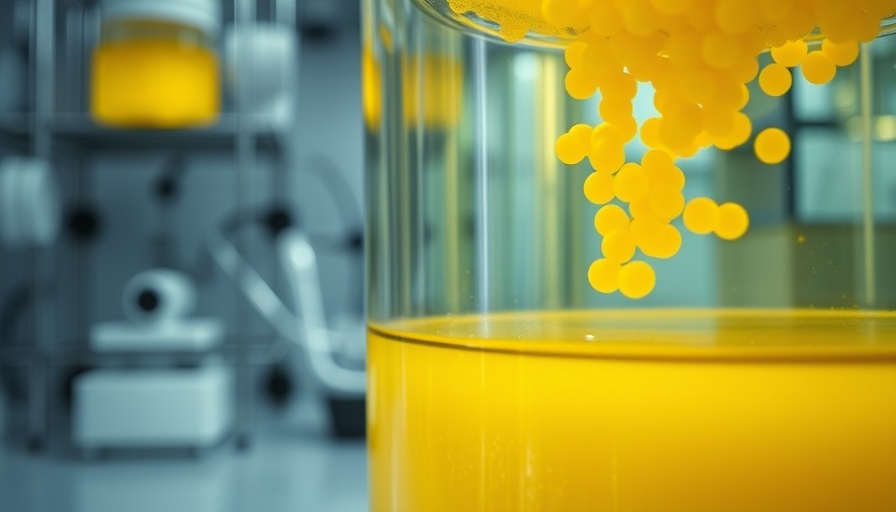
Breaking Down Cellulose: The Role of Anaerobic Bacteria
Anaerobic bacteria have existed on Earth for billions of years, thriving in environments devoid of oxygen. These remarkable organisms play a crucial role in breaking down organic matter, like cellulose, which is the structural component of plant cell walls. One such bacterium, Clostridium thermocellum, is pivotal in the process of cellulose degradation, converting it into sugar that can be transformed into biofuels such as ethanol. The discovery of a unique yellow pigment, known as YAS (Yellow Affinity Substance), produced by this bacterium signals a breakthrough in understanding how these microbes could enhance biofuel production and contribute to sustainable energy solutions.
Uncovering the Mystery of YAS Pigment
Researchers from the Leibniz Institute and the Max Planck Institute have recently unraveled the mystery behind YAS, identifying it as a complex structure made of molecules called celluxanthenes. YAS is believed to play a key role in guiding the degrading enzymes to cellulose fibers, enhancing the efficiency of cellulose breakdown. The detailed molecular analysis sheds light on how this pigment attaches to cellulose, influencing the bacterium's ability to convert plant material into usable energy.
The Potential of YAS in Biotechnology
The implications of YAS extend beyond biofuels. Its unique properties might offer new avenues in biotechnology, especially in developing antibiotics and other therapeutic agents. Given the increasing resistance of bacteria to conventional antibiotics, the potential for YAS to exhibit antimicrobial effects is an exciting avenue of research. The discoveries made from studying YAS could lead to innovative solutions in the fight against antibiotic-resistant infections, making it a subject of great interest in the medical community.
Connecting Bacterial Research to Sustainable Living
This research highlights how understanding microscopic life forms can lead us toward more sustainable living practices. By leveraging the capabilities of anaerobic bacteria like Clostridium thermocellum, we can develop environmentally friendly biofuels that reduce our dependence on fossil fuels. Moreover, the findings remind us of the interconnectedness of nature and technology, encouraging a holistic approach to scientific advancement that aligns with our values of sustainability and wellness.
The Bigger Picture: Future Innovations in Biotech
The revelations about YAS and its role in cellulose degradation may pave the way for future innovations in biotechnology. As scientists continue to explore these microbial interactions, we could see developments in not only energy production but also in waste reduction and environmental management. These advancements could significantly contribute to addressing global climate change challenges.
Overall, the study of anaerobic bacteria and their metabolites exemplifies how nature can lead the charge in solving some of our most pressing problems. It inspires a future where our pursuit of health and sustainability is enhanced by innovations rooted in the very biology that has supported life on Earth for millennia.
 Add Row
Add Row  Add
Add 




Write A Comment